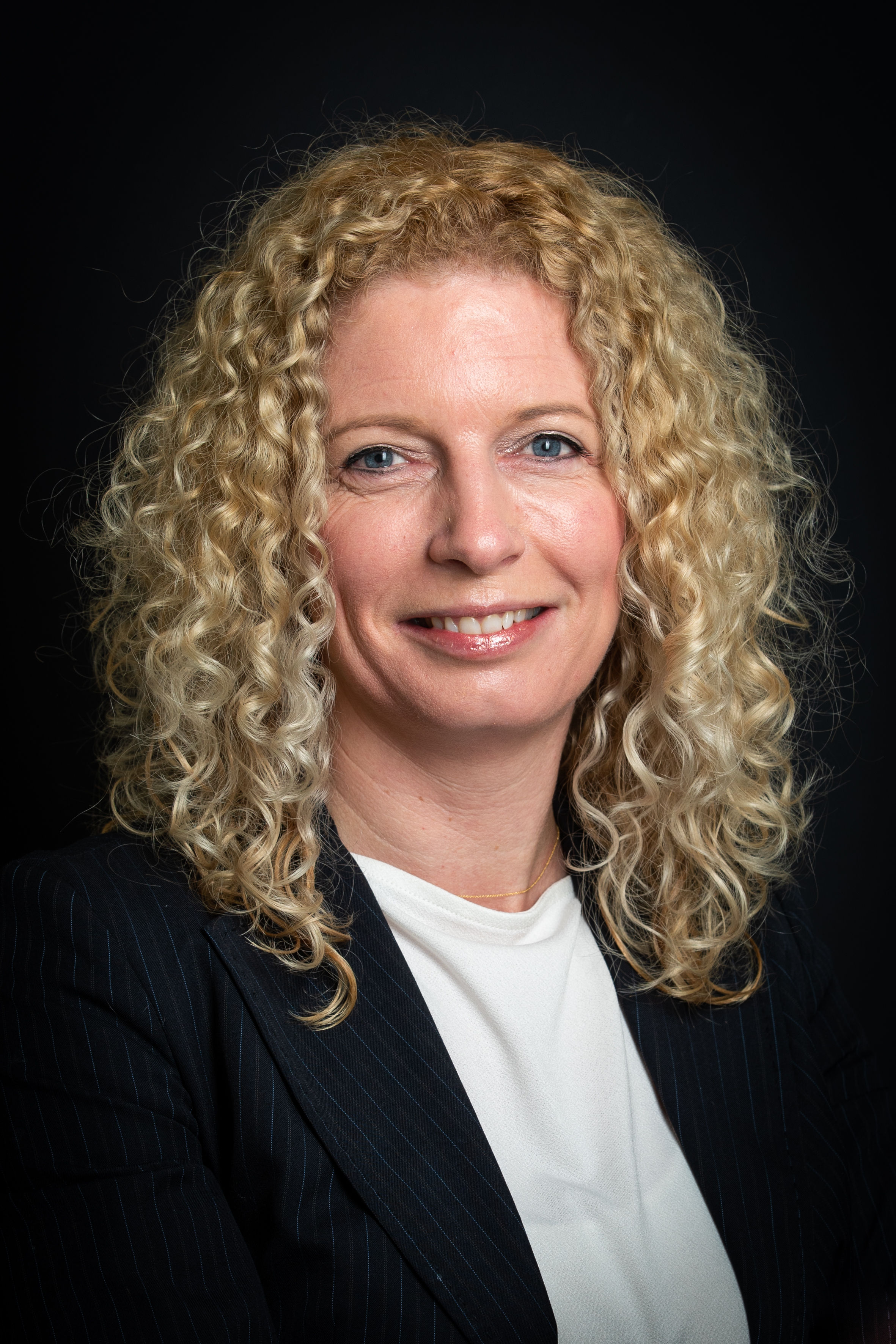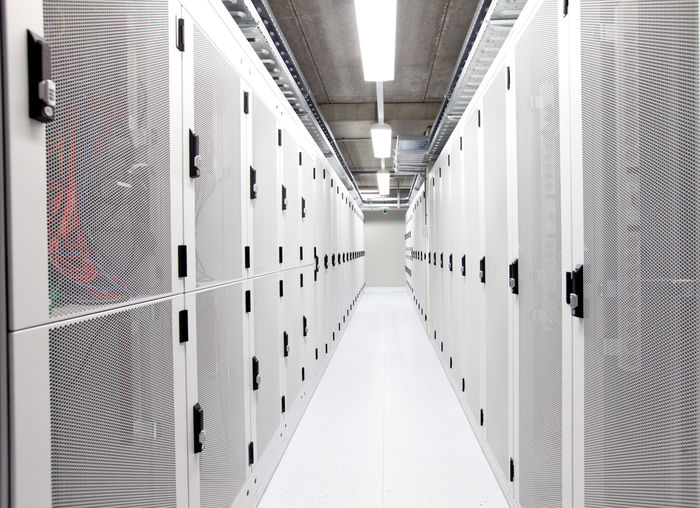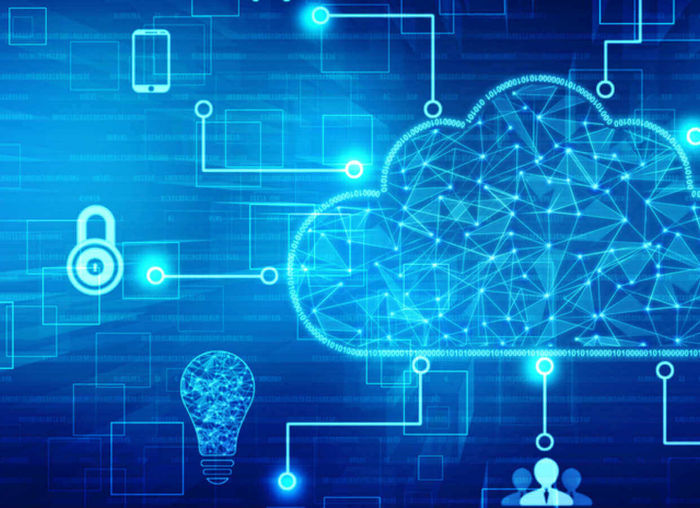More and more organizations are opting for IaaS (Infrastructure-as-a-Service) solutions when it comes to IT infrastructure. The virtualization software behind IaaS virtualizes computing resources, storage and network functions and makes them available via the Internet. In addition, it is also possible to deploy IaaS in combination with a closed network, for example with a direct link from an office location to existing infrastructure, on-premises or in colocation. According to Gartner, IaaS is the fastest growing segment within the broad spectrum of cloud services.
This is not surprising, IaaS has some a few major advantages in comparison to a traditional IT infrastructure. Consider, for example, the cost. With IaaS you do not have to (re)invest in expensive physical hardware that quickly becomes obsolete due to the rapid development of new technology. IaaS is also much more flexible and scalable than on-premises hardware. With a (virtual) infrastructure running in the cloud, you can easily scale up or down on demand.
In addition, IaaS facilitates hybrid working because employees can access programs, applications and documents anytime, anywhere and on any device. Besides, the IaaS provider performs most of the updates, so an organization spends less time managing its IT infrastructure.
At the same time, IaaS solutions are often a popular target for cybercriminals. Therefore, IaaS and cloud security are critical concerns for any organization that chooses this infrastructure model. Do you not have security in place? If so, that's basically like handing over your house keys to a complete stranger when you go on vacation for a few weeks. In this article you can read all about how to deal securely with IaaS and we list a number of best practices for minimizing security issues. Use them to your advantage!
Contents
- What is IaaS and cloud security?
- Minimizing security issues: why it's important
- The 6 best practices for IaaS security
- How does Eurofiber Cloud Infra help?
What is IaaS and cloud security?
Securing IaaS, an IT infrastructure that runs in the public cloud, is a little different than protecting an infrastructure that is on-premises. For example, a fundamental difference is that cloud providers assume "shared responsibility" between the provider and the customer of the cloud service.
When developing a good strategy for IaaS and cloud security, you have to deal with four levels of security:
- IaaS security at the system level relates to securing the basic infrastructure. This includes components such as the operating system, networks, virtual machines, management tools and containers.
- Application-level security is mainly about identity and access management. "How do I ensure that employees can safely use applications and programs anytime, anywhere?" is the central question in ensuring IaaS security at the application level. Multifactor authentication and identity management, for example, are security solutions that come into play at this level.
- With data-level security, the focus is on securing the data itself, for example by using advanced encryption techniques.
- The physical security of the hardware or platform. Data centers provide an additional layer of security.
Minimizing security issues: why it matters
Paying too little attention to security when deploying an IaaS solution is a bad idea for several reasons. But where do things often go wrong? And what are the (possible) consequences?
Misconfiguration
Misconfiguration is an important, but often underestimated, problem in the field of IaaS security. It is quite common for employees to misconfigure authentication and security settings when setting up a new virtual server. The result? Sensitive information or IT components become more easily visible and accessible to unwanted guests.

Complex environment
Many customers themselves choose to use the public Internet instead of opting for a secure connection. In such a case, every interaction between employees and every exchange of information goes over the public Internet, which increases the security risks. This is especially true for complex IT environments.
Regulations in different countries
Another important point to consider is regulation. This is certainly true for companies that operate internationally and therefore have to deal with the legislation of different countries. In the EU, for example, different rules apply for data protection and privacy protection than in the United States or China. If your cloud provider is not compliant with the regulations in a particular country, neither are you. At worst, poor compliance leads to sky-high fines. Fortunately, most public and private IaaS solutions today are AVG compliant and have the most important ISO and ISAE certifications.
The 6 best practices for IaaS security
Now that we know what IaaS security is and what the main pitfalls are, it's time to take a look at the best practices that will help you minimize the risk of security incidents.
1. Data encryption
Because data moves between different cloud applications and people in an IaaS environment, strong data encryption is of key importance. You can choose your own encryption keys, or keys provided by the IaaS provider. Carefully consider which encryption methods fit and meet the security needs of your IT infrastructure and ensure that important data is properly encrypted both "at rest" and "in transit.
2. Strict identity and access control
Who has access to the cloud environment? And at what levels and for how long? The answers to these questions should certainly not be missing from the security checklist for your IaaS environment. By identifying different roles and access levels, you define boundaries and it becomes easier to prevent data and security breaches.
3. Cloud access security broker (CASB)
A cloud access security broker (CASB) is software that sits between users of cloud services and cloud applications. It monitors all activities and enforces security policies. A CASB is a convenient, centralized security tool that gives you additional visibility into the use of cloud applications.
4. Vulnerability Monitoring
Regular vulnerability monitoring is another important pillar of a solid IaaS security strategy. Are there unsecured ports that allow hackers to enter networks? Are the latest security updates installed? And what about suspicious activity? In Azure, for example, the Azure Security Center, Azure Log Analytics and Azure Site Recovery provide continuous vulnerability monitoring.
A good security strategy considers all aspects of the prevention, detection and response triad. By combining techniques such as SIEM, SOC, EDR and MDR, you take vulnerability controls to a high level and limit the leeway for cybercriminals. A good IaaS vendor takes much of the vulnerability monitoring out of the hands of customers and provides tools such as virtual firewall functionality.
5. The right certifications
The right certifications are also a must-have for guaranteeing a secure IaaS environment. Check whether an IaaS provider meets important certifications for data security, quality management, energy management and privacy protection such as ISO 27001, ISO 9001, ISO 50001 and ISO 14001. Especially for companies that work with a lot of privacy-sensitive or financial data (healthcare institutions, banks, accounting firms, government agencies), official certifications are an absolute must.
6. Encryption on the network
Good data security starts at the lowest level: the network. Encryption on the network means that all data sent over the network is first encrypted. If a malicious party discovers a weak spot in the connection or digs up the cable somewhere, the captured data is useless without the key.
It is also advisable to use a private network instead of the public Internet. Think for example of Ethernet L2. In this way you can benefit from the advantages of IaaS and the public cloud in a safer way, because you bypass the public internet.
How does Eurofiber Cloud Infra help?
The Eurofiber Cloud Infra IaaS platform provides a protected virtual data centre environment based on a high-quality infrastructure. The platform runs on a scalable and securely designed VMware cloud cluster. We offer the platform in a twin-datacenter setup for maximum reliability. Our data centers meet key certifications such as ISO27001, ISO9001, ISO50001 and ISO14001. With Cloud Connect you also have access to a private network that is separated from the public internet. This is the safest way to enjoy all the benefits of IaaS and the public cloud.


Our expertsLet's meet
Meer weten over optimale IaaS- en cloudsecurity voor uw organisatie?
Benieuwd naar IaaS-security en de manieren waarop Dataplace helpt om uw cloudomgeving veilig te houden? Neem dan gerust contact met ons op door te bellen naar +31 (0)88 32 827 52 of ga naar de contactpagina via de onderstaande button en vul het contactformulier in.




